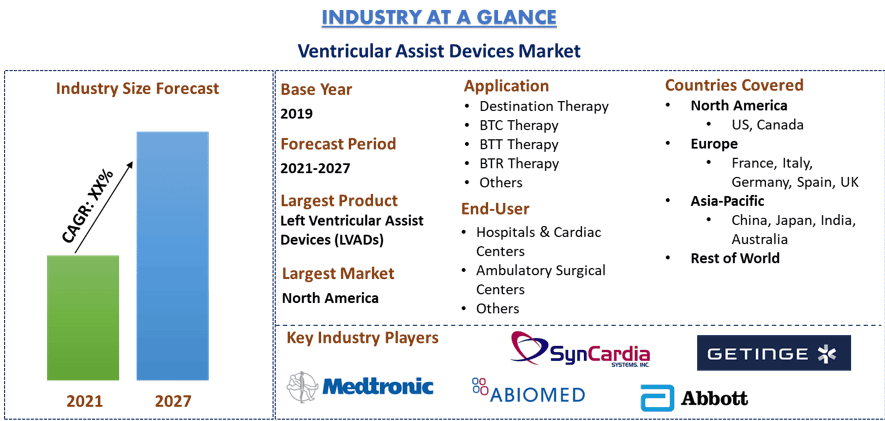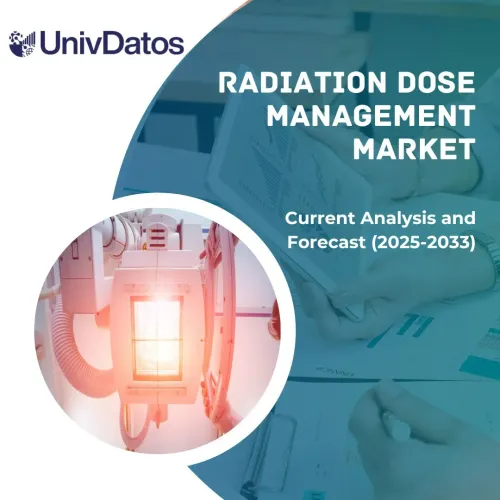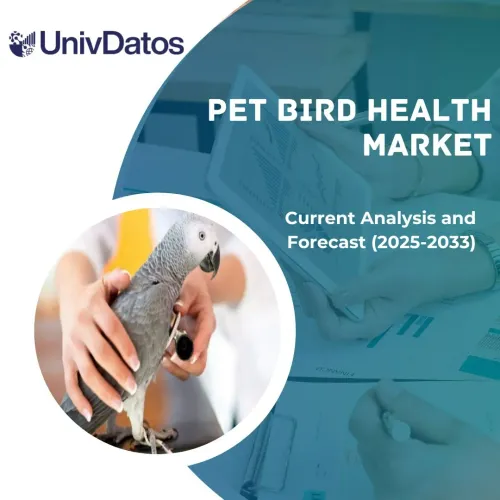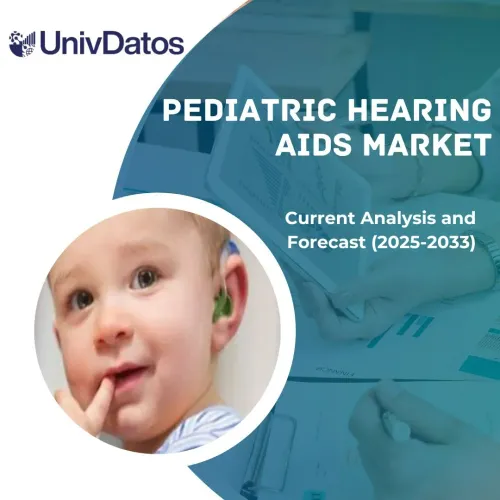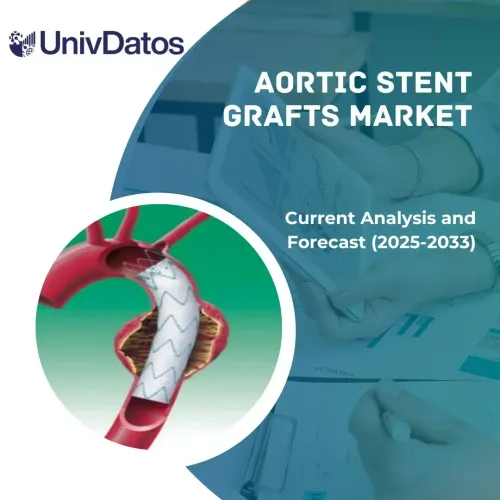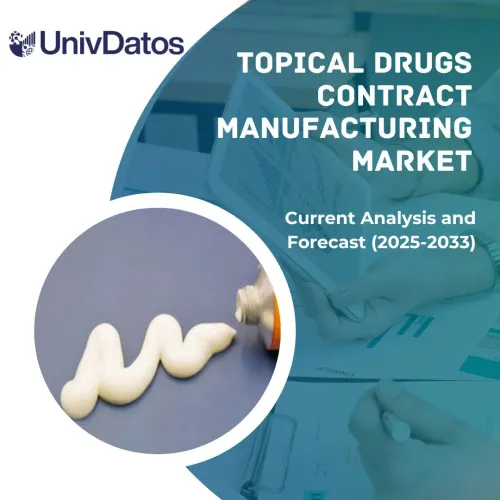- Home
- About Us
- Industry
- Services
- Reading
- Contact Us
Ventricular Assist Devices Market: Current Analysis and Forecast (2021-2027)
Emphasis on Product [Left Ventricular Assist Devices (LVADs), Right Ventricular Assist Devices (RVADs), BiVentricular Assist Devices (BIVADs), Percutaneous Ventricular Assist Devices (PVADs), and Total Artificial Heart (TAH)]; Application (Destination Therapy, Bridge-to-Candidacy (BTC) Therapy, Bridge-to-Transplant (BTT) Therapy, Bridge-to-Recovery (BTR) Therapy, and Others); Flow (Continuous Flow, Pulsatile Flow); Design (Transcutaneous, Implantable); End-User (Hospitals & Cardiac Centers, Ambulatory Surgical Centers, Others); and Region & Country.
Ventricular Assist Device is needed for patients with a weak heart to help them recover from surgery or a heart transplant. For instance, Abbott on 18 Feb 2020, announced that it has received CE Mark for their new product “Gallant” an implantable cardioverter-defibrillator (ICD) and cardiac resynchronization therapy defibrillator (CRT-D) devices, which is bringing the most advanced heart rhythm management capabilities along with a new set of benefits to people with cardiovascular diseases. In addition, they also provide patient preferred designs, improved battery life, and MRI compatibility. Also, a surge in cases of cardiovascular diseases is adding pace to the growing market. According to World Health Organization (WHO), cardiovascular diseases is the leading global cause of death and accounted for approximately 18.6 million deaths in 2019.
Moreover, the increasing investment for advanced product development along with constant research activities is also adding pace to the growth in the demand for ventricular assist devices. For instance, “Leviticus Cardio”, inventors of the versatile transcutaneous Coplanar Energy Transfer (CET) system, in collaboration with “Jarvik Heart”, a global leader in left ventricular assist devices (LVAD), have grant USD 950,000 funding from the Israel-U.S. Binational Industrial Research and Development (BIRD) Foundation. Furthermore, the rising technological innovation in devices is also promoting the growth of ventricular assist devices globally. For instance, in January 2018, the International Biophysics, a global medical device manufacturer obtains FDA 510k clearance for the FloPump 32, the smallest centrifugal heart pump in the world which is designed and proposed to be used in combination with the Maquet RotaFlow console.
Also, the COVID-19 pandemic has impacted all industries in different ways, including the cardiac rhythm management devices market. For instance, the outbreak of COVID-19 has led the FDA to grant emergency use authorization (EUA) to companies producing ventricular assist devices to treat the COVID patients having heart failure or strokes, including pulmonary embolism (PE). In August 2020, “Abiomed” received emergency use authorization (EUA) from the FDA for its left-sided Impella heart pumps to provide left ventricular support for COVID-19 patients undergoing ECMO treatment. Also, the company has received EUA from the FDA for its “Impella RP” to treat patients suffering from COVID-19-related right heart failure or stroke. These developments helped in the substantial growth of the ventricular assist market.
World’s Leading Causes of Death, By Diseases, (Millions), 2000 & 2019
Medtronic PLC, Abbott Laboratories, Berlin Heart GmbH, Reliant Heart Inc., Abiomed Inc., Terumo Corporation, Angiodroid, SynCardia Systems, CardiacAssist, Inc., and Getinge are some of the prominent players operating in the global ventricular assist devices market. Several M&As along with partnerships have been undertaken by these players to facilitate customers with hi-tech and innovative products.
Insights Presented in the Report
“Amongst Product, Left Ventricular Assist Devices (LVADs) segment holds the major share”
Based on products, the market is bifurcated into Left Ventricular Assist Devices (LVADs), Right Ventricular Assist Devices (RVADs), BiVentricular Assist Devices (BIVADs), Percutaneous Ventricular Assist Devices (PVADs), and Total Artificial Heart (TAH). The Left ventricular assist devices (LVADs) segment dominated the market in 2020. As mostly left ventricular assist devices (LVADs) are used by the patients. It is implanted in patients with heart failure and helps the bottom left chamber of the heart (left ventricle) pump blood out of the ventricle to the aorta and the rest of the body.
“Amongst Application, Destination therapy segment is anticipated to grow at the highest CAGR during the analyzed period”
Based on application, the market is bifurcated into Destination Therapy, Bridge-to-Candidacy (BTC) Therapy, Bridge-to-Transplant (BTT) Therapy, Bridge-to-Recovery (BTR) Therapy, and Others. The Destination therapy segment accounted for the major revenue portion in 2020. Due to the rising awareness of people about transplantation and the availability of ventricular assist devices for destination therapy.
“Amongst Flow, Continuous Flow segment holds the major share”
Based on flow, the market is bifurcated into the continuous flow and pulsatile flow. The continuous flow segment accounted for the major revenue portion in 2020. Due to its smaller size, longer durability, higher energy efficiency, less thrombogenicity, and less surgical trauma.
“Amongst Design, Implantable segment is anticipated to grow at the highest CAGR during the analyzed period”
Based on the design, the market is bifurcated into transcutaneous and implantable. The implantable segment accounted for the major revenue portion in 2020. As the implantable ventricular assist devices are mostly used by patients who are not eligible for a heart transplant to increase the preference for long-term treatment methods and will increase their chances of survival.
“Amongst End-User, Hospitals & Cardiac centers segment holds the major share”
Based on end-user, the market is bifurcated into hospitals & cardiac centers, ambulatory surgical centers, and others. The hospitals & cardiac center segment is anticipated to observe lucrative growth. As they provide superior care to their patients and offer compensations during surgeries.
“North America signifies one of the largest markets of Ventricular Assist Devices Market”
For a better understanding of the market dynamics of the Ventricular Assist Devices Market, a detailed analysis was conducted for different regions across the globe including North America (United States, Canada, and the Rest of North America), Europe (Germany, France, Italy, Spain, United Kingdom and Rest of Europe), Asia-Pacific (China, Japan, India, Australia, and Rest of APAC), and Rest of World. North America constitutes a major market for the ventricular assist devices market and generated the maximum revenue in 2020 owing to the presence of major companies and healthcare infrastructure and the growing cardiovascular diseases patients pool in the region.
Reasons to buy this report:
- The study includes market sizing and forecasting analysis validated by authenticated key industry experts
- The report presents a quick review of overall industry performance at one glance
- The report covers an in-depth analysis of prominent industry peers with a primary focus on key business financials, product portfolio, expansion strategies, and recent developments
- Detailed examination of drivers, restraints, key trends, and opportunities prevailing in the industry
- The study comprehensively covers the market across different segments
- Deep dive regional level analysis of the industry
Customization Options:
Ventricular Assist Devices Market can further be customized as per the requirement or any other market segment. Besides this, UMI understands that you may have your own business needs, hence feel free to connect with us to get a report that completely suits your requirements.
Table of Content
Analyzing the historical market, estimation of the current market, and forecasting the future market of the Global Ventricular Assist Devices Market were the three major steps undertaken to create and analyze the adoption of ventricular assist devices in different segments across major regions globally. Exhaustive secondary research was conducted to collect the historical market numbers and estimate the current market size. Secondly, to validate these insights, numerous findings and assumptions were taken into consideration. Moreover, exhaustive primary interviews were also conducted, with industry experts across the value chain of the ventricular assist devices sector. Post assumption and validation of market numbers through primary interviews, we employed a top-down/bottom-up approach to forecast the complete market size. Thereafter, market breakdown and data triangulation methods were adopted to estimate and analyze the market size of segments and sub-segments the industry pertains to. Detailed methodology is explained below:
Analysis of Historical Market Size
Step 1: In-Depth Study of Secondary Sources:
Detailed secondary study was conducted to obtain the historical market size of the ventricular assist devices through company internal sources such as annual report & financial statements, performance presentations, press releases, etc., and external sources including journals, news & articles, government publications, competitor publications, sector reports, third-party database, and other credible publications.
Step 2: Market Segmentation:
After obtaining the historical market size of the ventricular assist devices market, we conducted a detailed secondary analysis to gather historical market insights and share for different segments for major regions. Major segments included in the report are product, application, flow, design, and end-user. Further country-level analyses were conducted to evaluate the overall adoption of ventricular assist devices in every region.
Step 3: Factor Analysis:
After acquiring the historical market size of different segments and sub-segments, we conducted a detailed factor analysis to estimate the current market size of ventricular assist devices. Further, we conducted factor analysis using dependent and independent variables such as the increasing prevalence of patients with cardiac diseases and long waiting times for heart transplant processes will upsurge the demand for ventricular assist devices. A thorough analysis was conducted for demand and supply-side scenarios considering top partnerships, merger and acquisition, business expansion, and product launches in the ventricular assist devices industry across the globe.
Current Market Size Estimate & Forecast
Current Market Sizing: Based on actionable insights from the above 3 steps, we arrived at the current market size, key players in the ventricular assist devices market, and market shares of the segments. All the required percentage shares split, and market breakdowns were determined using the above-mentioned secondary approach and were verified through primary interviews.
Estimation & Forecasting: For market estimation and forecast, weights were assigned to different factors including drivers & trends, restraints, and opportunities available for the stakeholders. After analyzing these factors, relevant forecasting techniques i.e., the top-down/bottom-up approach was applied to arrive at the market forecast about 2027 for different segments and subsegments across the major markets globally. The research methodology adopted to estimate the market size encompasses:
- The industry’s market size, in terms of value (USD) and the adoption rate of ventricular assist devices across the major markets domestically
- All percentage shares, splits, and breakdowns of market segments and sub-segments
- Key players in the ventricular assist devices market in terms of services offered. Also, the growth strategies adopted by these players to compete in the fast-growing market
Market Size and Share Validation
Primary Research: In-depth interviews were conducted with the Key Opinion Leaders (KOLs) including Top Level Executives (CXO/VPs, Sales Head, Marketing Head, Operational Head, and Regional Head, Country Head, etc.) across major regions. Primary research findings were then summarized, and statistical analysis was performed to prove the stated hypothesis. Inputs from primary research were consolidated with secondary findings, hence turning information into actionable insights.
Split of Primary Participants in Different Regions
Market Engineering
Data triangulation technique was employed to complete the overall market estimation and to arrive at precise statistical numbers of each segment and sub-segment of the ventricular assist devices market. Data was split into several segments & sub-segments post studying various parameters and trends in the areas of product, application, flow, design, and end-user of the ventricular assist devices market.
Main Objective of the Ventricular Assist Devices Market Study
The current & future market trends of ventricular assist devices were pinpointed in the study. Investors can gain strategic insights to base their discretion for investments from the qualitative and quantitative analysis performed in the study. Current and future market trends were determined the overall attractiveness of the market at a regional level, providing a platform for the industrial participant to exploit the untapped market to benefit as a first-mover advantage. Other quantitative goals of the studies include:
- Analyze the current and forecast market size of ventricular assist devices in terms of value (USD). Also, analyze the current and forecast market size of different segments and sub-segments
- Segments in the study include areas of product, application, flow, design, and end-user
- Define and analysis of the regulatory framework for the Ventricular assist devices industry
- Analyze the value chain involved with the presence of various intermediaries, along with analyzing customer and competitor behaviors of the industry
- Analyze the current and forecast market size of the ventricular assist devices market for the major region
- Major regions studied in the report include North America (the United States and Canada), Europe (Germany, France, Italy, Spain, and United Kingdom), Asia-Pacific (China, Japan, India, and Australia), and Rest of the World
- Company profiles of the ventricular assist devices market and the growth strategies adopted by the market players to sustain in the fast-growing market
- Deep dive regional level analysis of the industry
Related Reports
Customers who bought this item also bought

